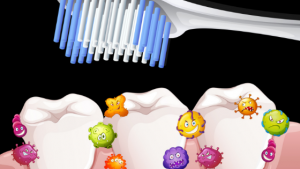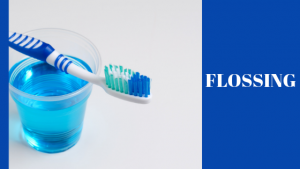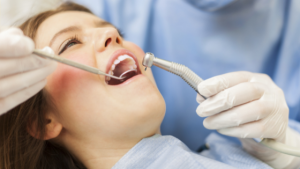The mouth is a small part of our overall anatomy with different parts which work together to help you eat, drink, smile and speak. The two major parts of your teeth are Crown and the Root. In most of the cases, only the crown of the tooth is visible in the mouth. However, the root is below the gum line and is attached to the bone. And in some cases with gum problems or if a person has brushed very hard, a portion of the root visible in the mouth.
Basic Parts of the tooth
The different parts of the tooth include crown, its enamel, dentin, gumline, root, and pulp inside the tooth. Let’s have a closer look at each one

CROWN
The Crown is the visible part of the tooth and the thing known white enamel covers it. The shape of the crown determines the tooth ‘s function. The purpose of the crown is to bite and chew. If part of the tooth is broken, a dentist can apply an artificial crown.
ENAMEL
Enamel is the outermost layer of the tooth and it is the hardest tissue covering the dentin of the crown of the tooth. The Enamel is the place where cavities take place due to acids and bacteria. Avoid these cavities by thorough brushing and flossing every day.
DENTIN
Dentin is one of the four major parts of the tooth and lies under the tooth enamel. It is a thick, bone-like layer which supports the tooth enamel. Dentin is the second hardest tissue that surrounds the pulp and connects to the pulp and transmits signals to let you know the problem encountered within the tooth.
GUMLINE
It is the place where tooth and gums meet. The Gumline can be easily affected with gumline cavity by plaque. Gumline cavities can also be associated with exposed tooth roots. The best way to prevent these cavities is to brush your teeth at least twice a day.
ROOT
The root is embedded in the bone and they serve to attach the tooth in position. However, it is one of the important parts of the tooth. It serves as a medium to provide the stability of the tooth. The surface of the tooth root area and alveolar bone are connected by the periodontal ligament, in order to receive an impact on the tooth and to alleviate the force on the jaw. The root of your tooth helps you bite and chew with ease. It keeps your jawbone healthy to prevent tooth loss and degeneration.
PULP
The pulp is the centermost part of the tooth filled with soft connective tissue, where the nerves and blood vessels of the tooth are located. The pulp contains all the things like blood vessels, lymph vessels and nerves that supply the tooth with sensations of tooth sensitivity or pain.
Prevention Care for Healthy Teeth
Maintaining your teeth healthy requires preventive dental care. It also includes brushing, flossing and visiting regular dental check-ups and cleanings.
BRUSHING
Brushing tooth twice a day has become mandatory which is suggested by the dentist in every dental hospital. Doing brush for two minutes with a soft-bristled brush and fluoride included toothpaste results in best cleaning. It also prevents your tooth from occurring cavities.

FLOSSING
Once you have done brushing, don’t skip out on flossing your teeth. Because there are some areas where your toothbrush can’t reach. So flossing teeth is crucial for thoroughly clean and to stay away from cavities.

REGULAR CHECKUPS
Visit the dental hospital every six months for good preventive care. Cleaning and check-ups from your dentist help you to prevent occurring cavities and gum diseases. As a result, you can stop occurring them early when they do get the chance to develop. During these visits, your dentist will remove the plaque build-up from the enamel and around the gum line, and these are the crucial steps for preventing cavities.

So, when was your last visit to the dentist? It’s been more than six months or can’t even remember the last visit? Don’t be late to call your dental hospital and book appointment to improve your oral health. The team at Sky dental can help you enjoy healthy teeth for a lifetime to come! Schedule your appointment today.
This article is intended to promote understanding of and knowledge about general oral health topics. It is not intended to be a substitute for professional advice, diagnosis or treatment. Always seek the advice of your dentist at dental hospital qualified healthcare provider with any questions you may have regarding a medical condition or treatment.


